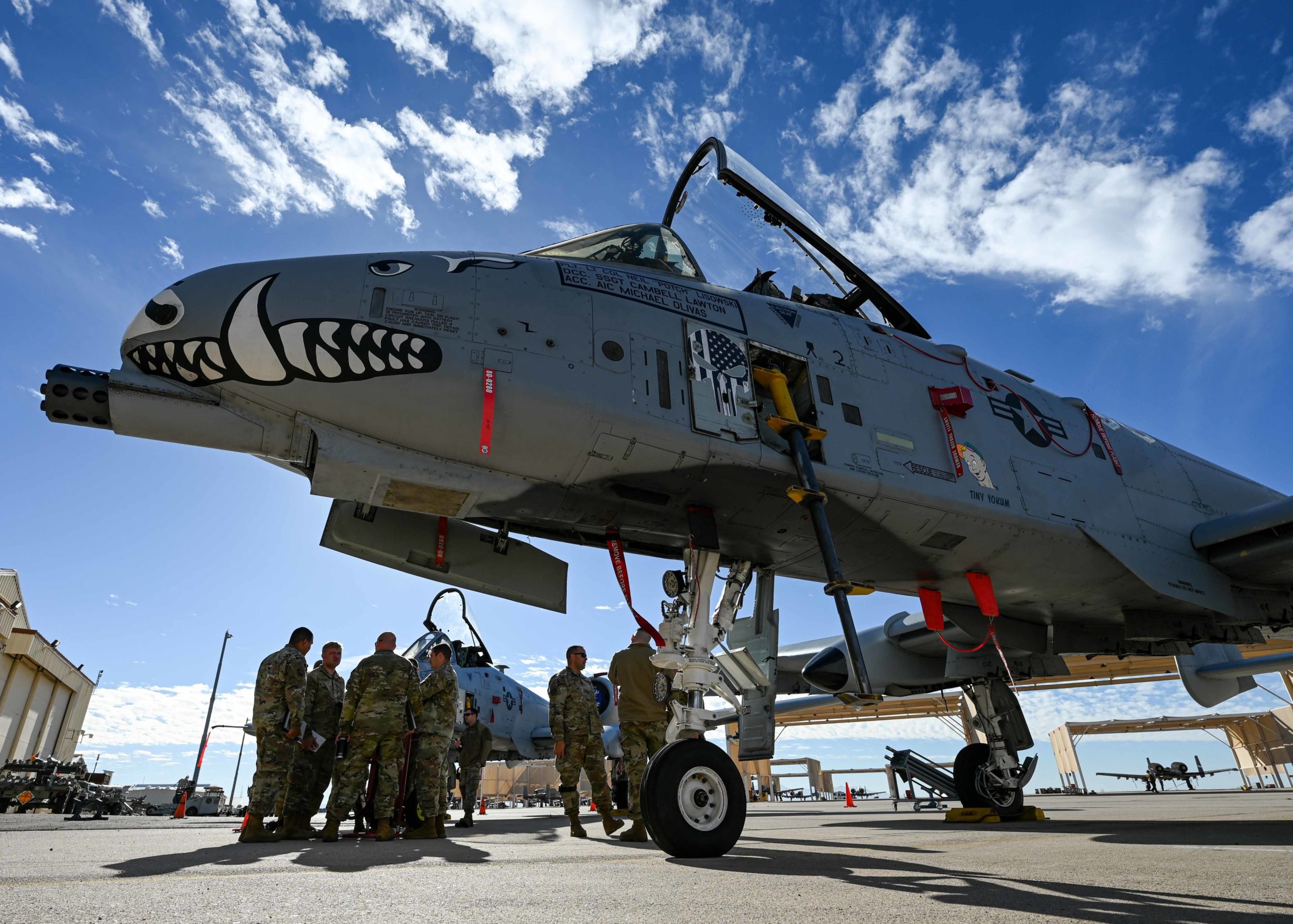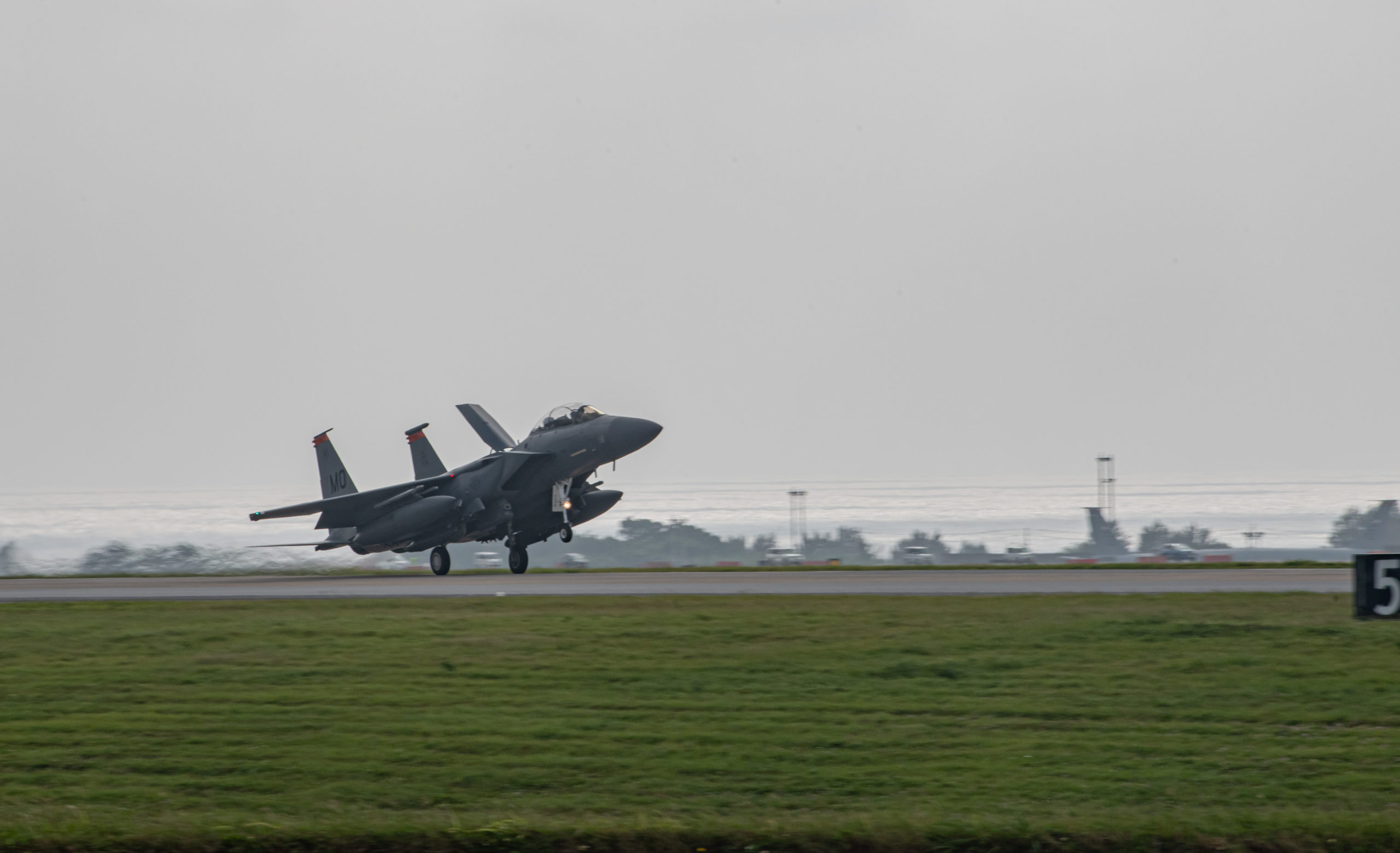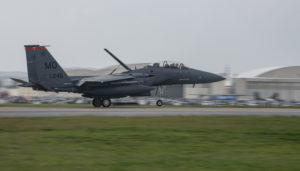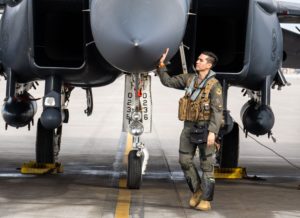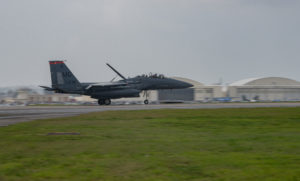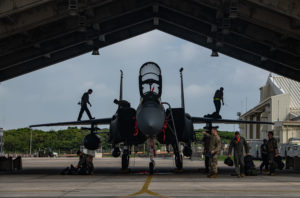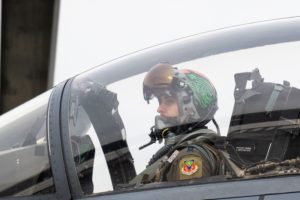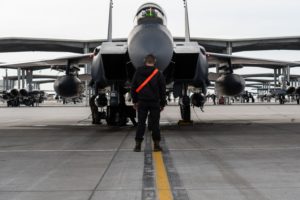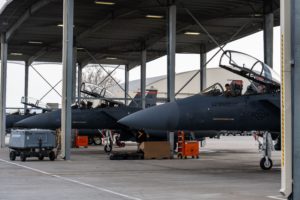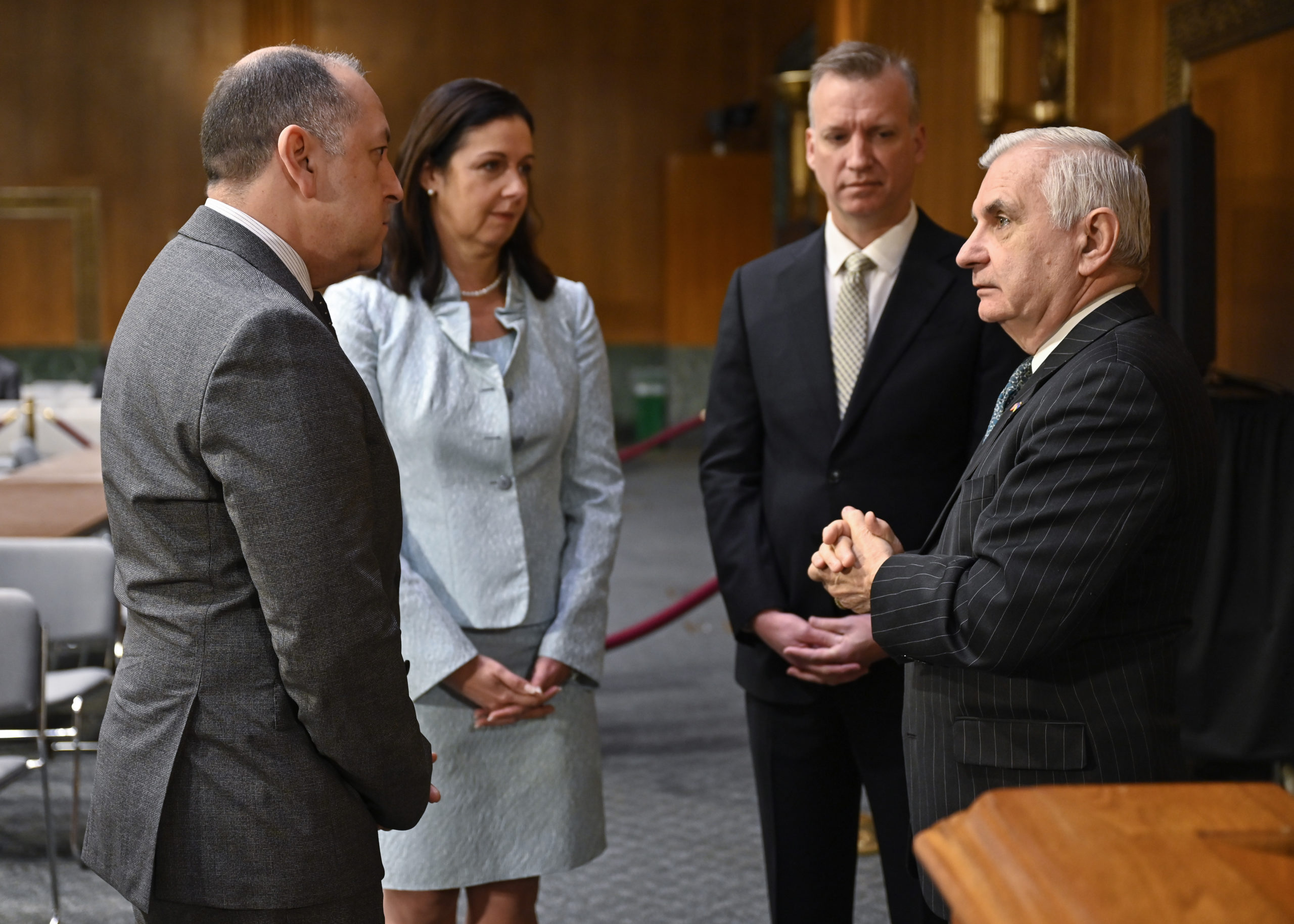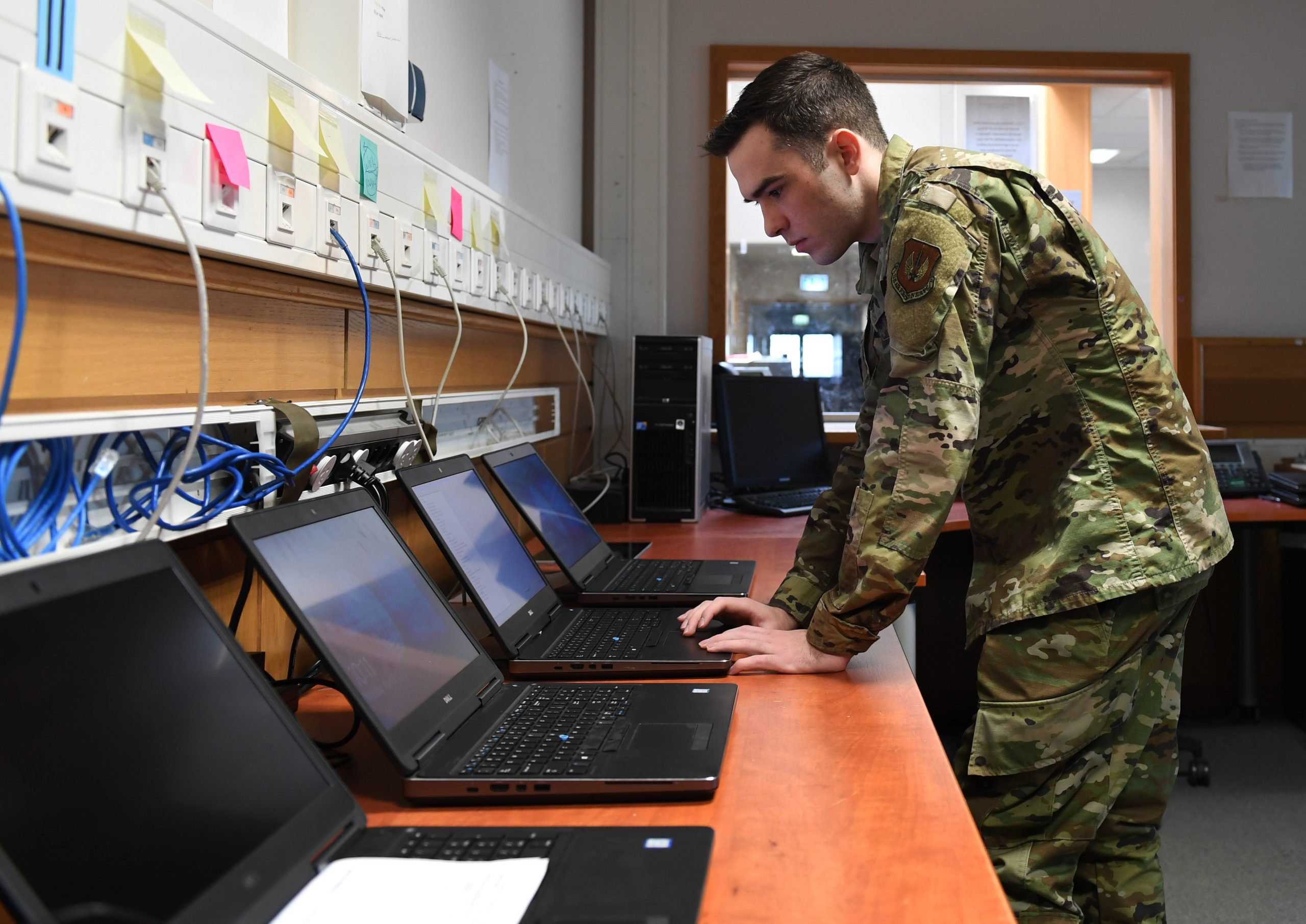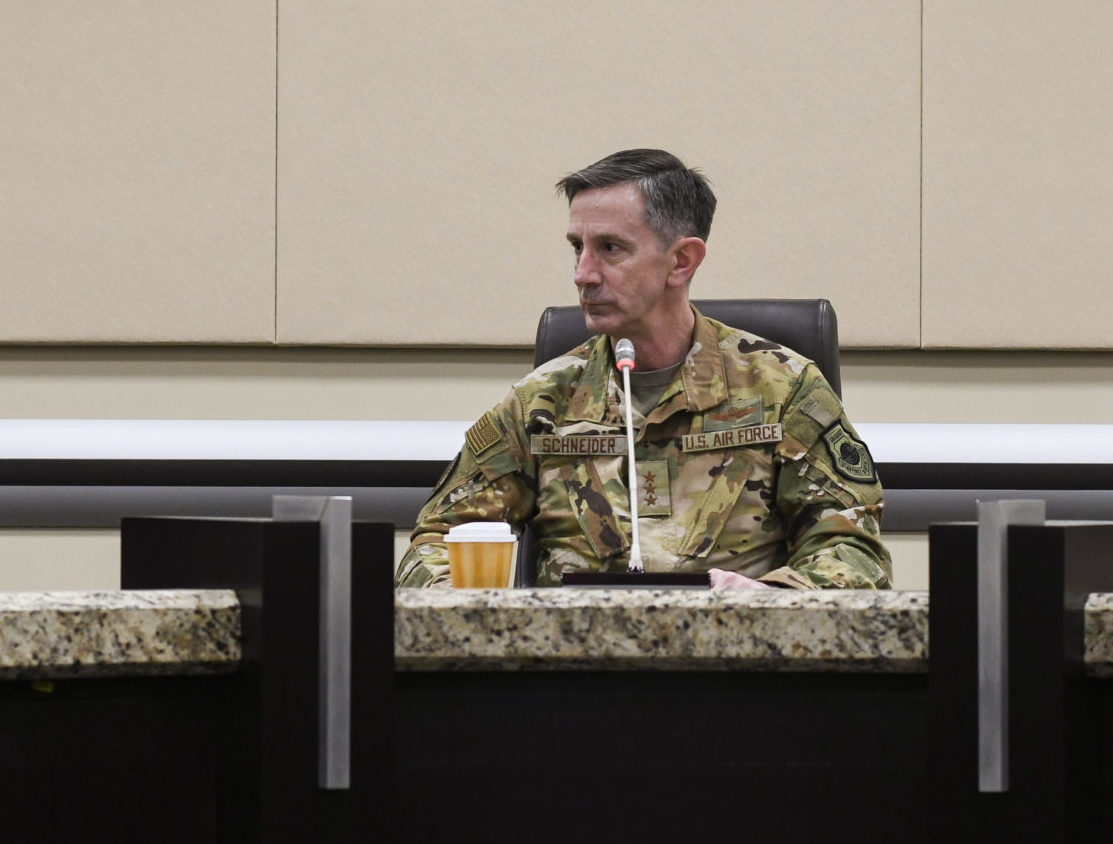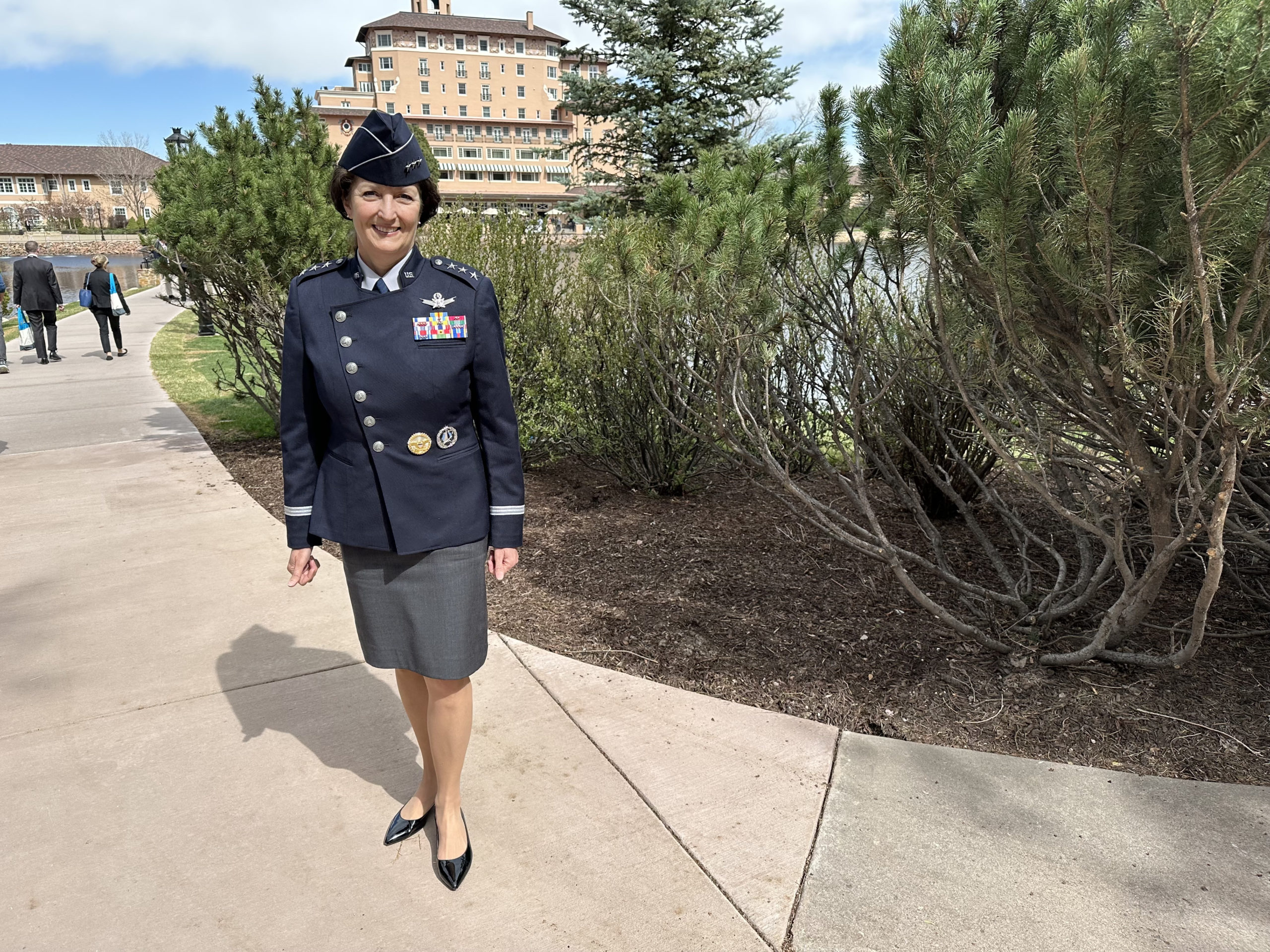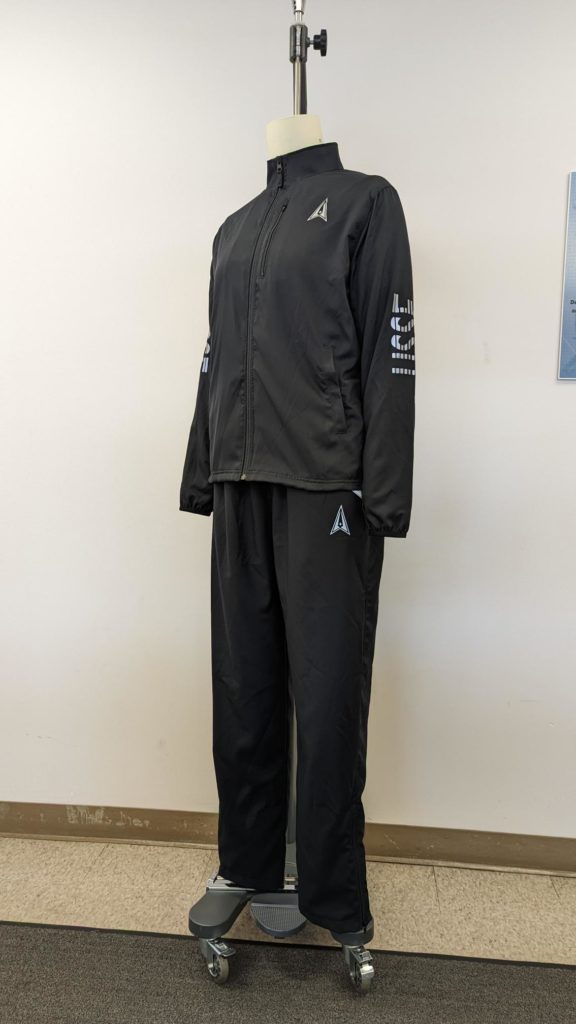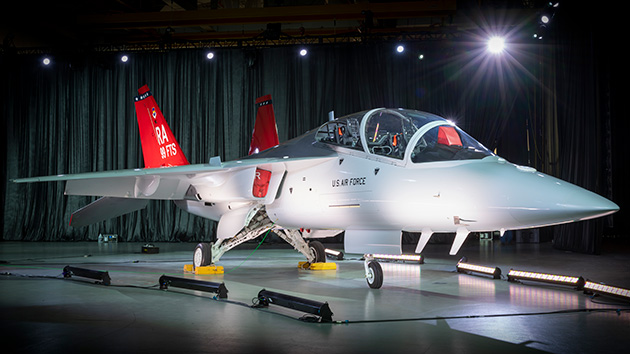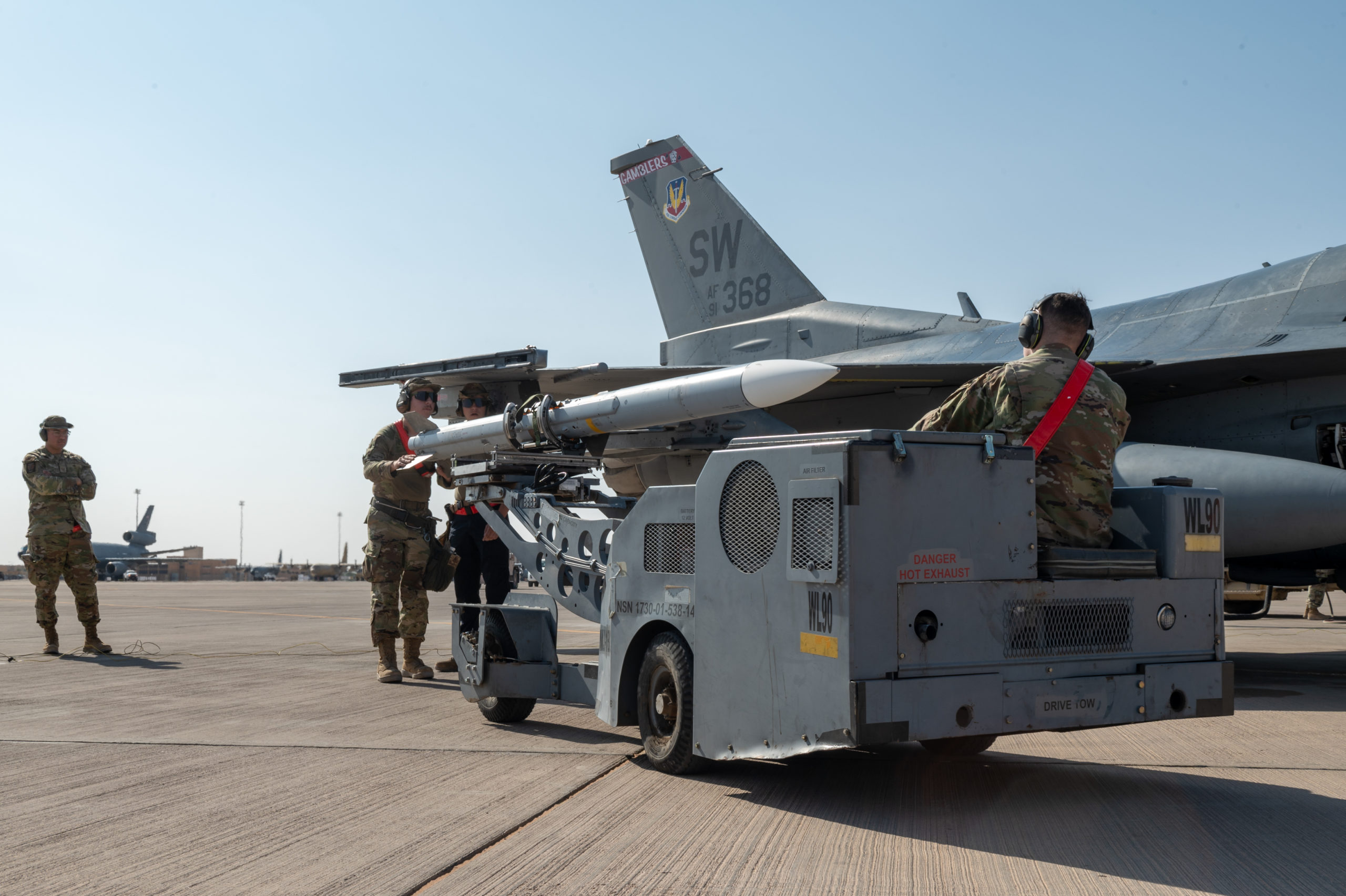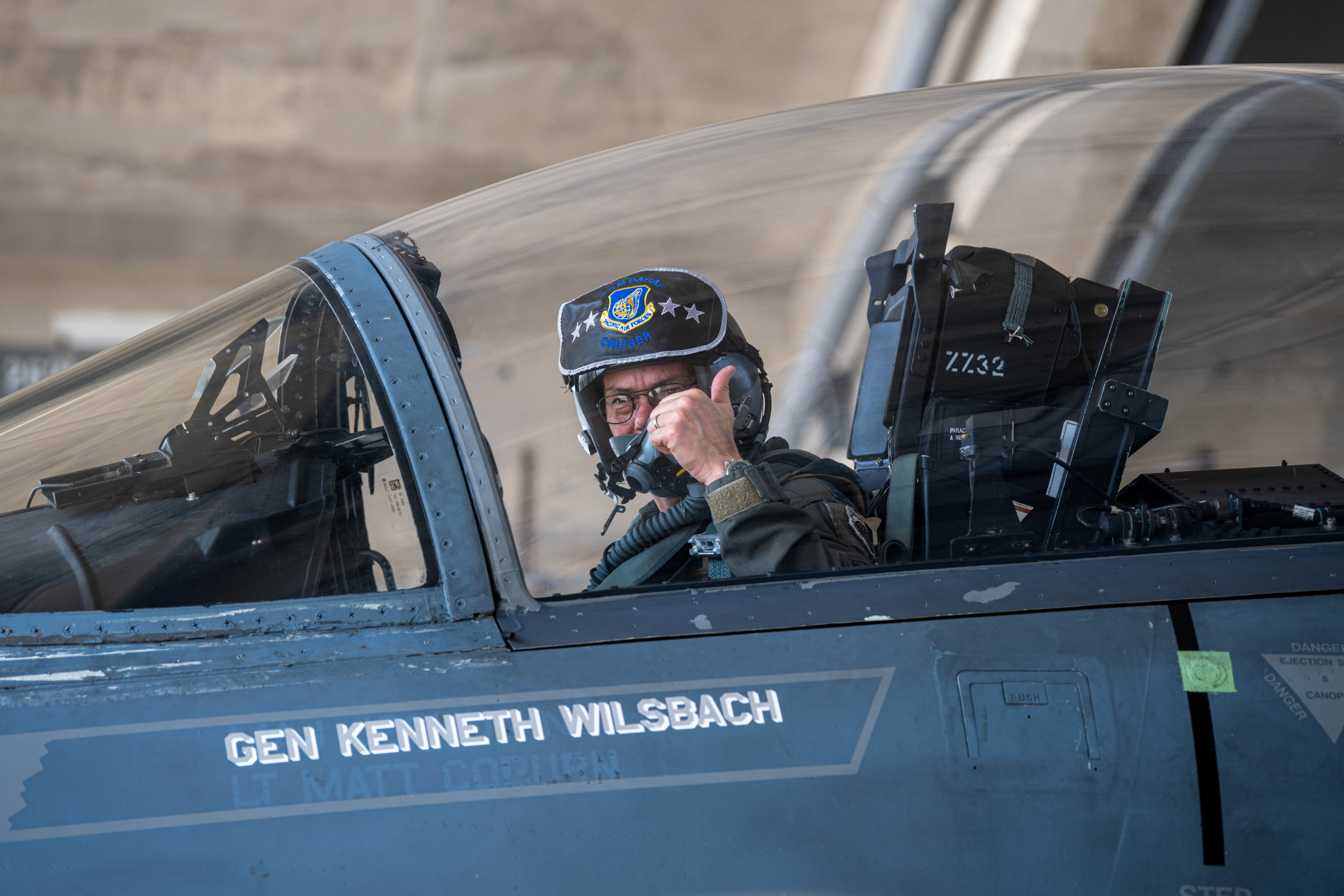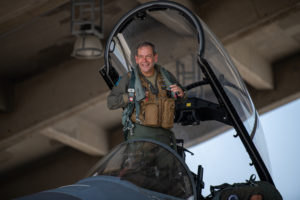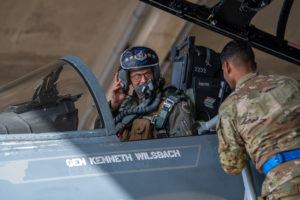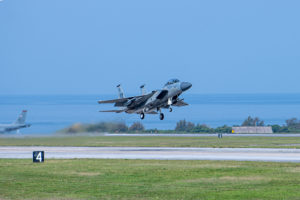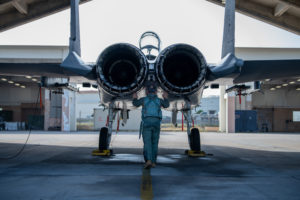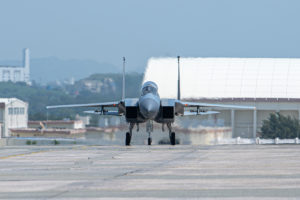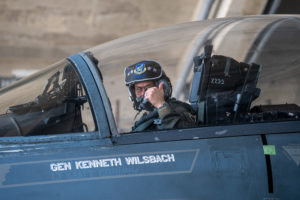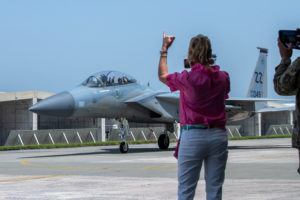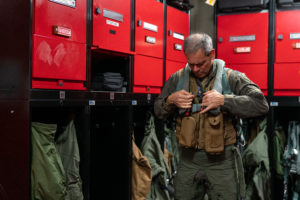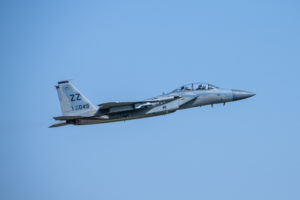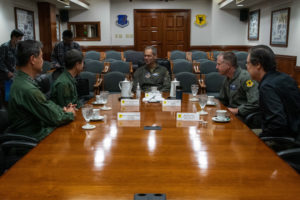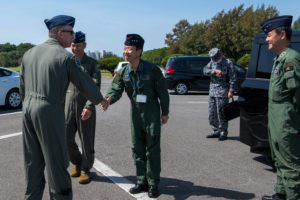The Air Force plans to put a new Special Operations power projection wing at Davis-Monthan Air Force Base, Ariz., replacing A-10s that have been there for years, service and Congressional officials told Air & Space Forces Magazine.
The base is also slated to receive new EC-37 Compass Call electronic warfare aircraft and HH-60W Jolly Green II helicopters as upgrades for its other missions. EC-130Hs and HH-60Gs are currently based at Davis-Monthan.
Details of the Air Force’s plans for the base over the next five years were shared with members of Arizona’s Congressional delegation in a briefing several weeks ago. After years of fighting over the future of the base’s A-10 “Warthogs,” there now appears to be consensus that the Air Force can retire the aircraft, a Congressional source said.
As recently as two years ago, Congress shot down Air Force plans to retire 42 A-10s. But this year Congress is letting the Air Force cut 21 of the beloved close air support jets from the Indiana Air National Guard, and as Congress starts work on the 2024 National Defense Authorization bill, Sens. Mark Kelly (D-Ariz.) and Kyrsten Sinema (I-Ariz.), along with Reps. Ruben Gallego (D-Ariz.) and Juan Ciscomani (R-Ariz.), released a joint letter saying they were “encouraged by the Air Force’s intention to bring new, durable flying missions” to Davis-Monthan.
Air Force spokeswoman Sarah Fiocco told Air & Space Forces Magazine that details of that mission are still in the works. The emphasis on “durability,” though, is revealing. Two years ago, the Air Force plan to replace Davis-Monthan’s A-10s centered on transferring weapons schools and test squadrons for the A-10 and HH-60G from Nellis Air Force Base, Nev. Neither of those aircraft are in the Air Force’s long-term plans.
Air Force budget documents indicate plans to establish a new 492nd Power Projection Wing at Davis-Monthan, and Fiocco confirmed that the wing will be under Air Force Special Operations Command.
But just what a power projection wing is remains unclear. No other such wings exist today. Fiocco said it will be a “special operations unit based in the U.S. that can be sent anywhere.”
AFSOC’s 492nd Special Operations Wing is now based at Hurlburt Field, Fla., where it is responsible for training and education programs. Fiocco couldn’t say whether the 492nd Power Projection Wing would replace the Hurlburt wing.
In their letter, members of Arizona’s Congressional delegation wrote that the Air Force indicated “there will be nearly the same number of airmen and civilians employed at the base” in five years’ time. Fiocco confirmed the Air Force expects the base population to return to roughly 9,600 personnel once the new wing is in place.
But while the lawmakers offered support for the Air Force’s plans, they also asked Secretary Frank Kendall to expand to brief more local officials and organizations—something Kendall did during an April 17 visit, according to images posted by the Air Force and Kelly’s office.
The lawmakers also noted in their letter that the timeline laid out by the Air Force is “ambitious” and asked to be kept informed on progress.
Work on the transition has already begun—a Site Activation Task Force has convened, Kelly’s office confirmed to Air & Space Forces Magazine. The Air Force is seeking $5 million in the fiscal 2024 budget for an Environmental Impact study and an Area Development Plan for the 492nd Power Projection Wing.
Meanwhile, Air Force leaders seem increasingly confident that they will be able to retire the A-10 completely in the coming years. Chief of Staff Gen. Charles Q. Brown Jr. has said the service is removing the A-10 from its “4+1” fighter plan and hopes to have every Warthog divested by 2029.
